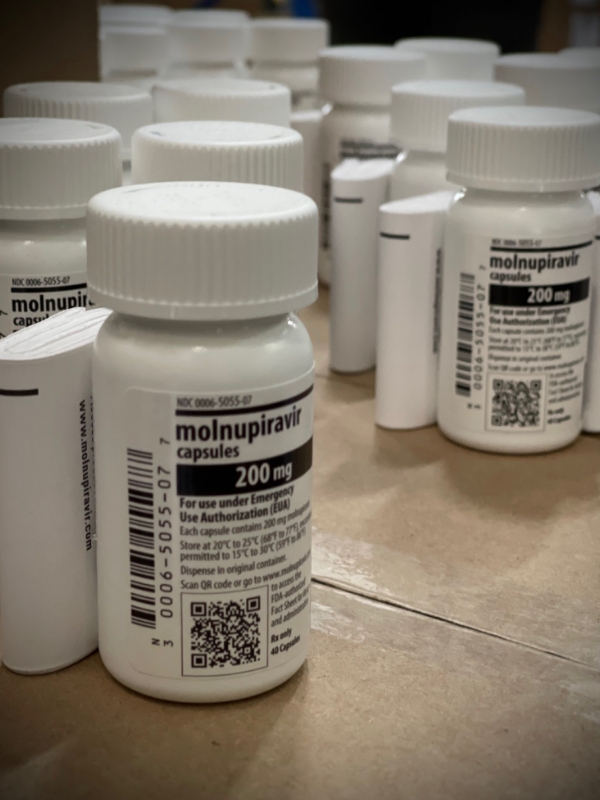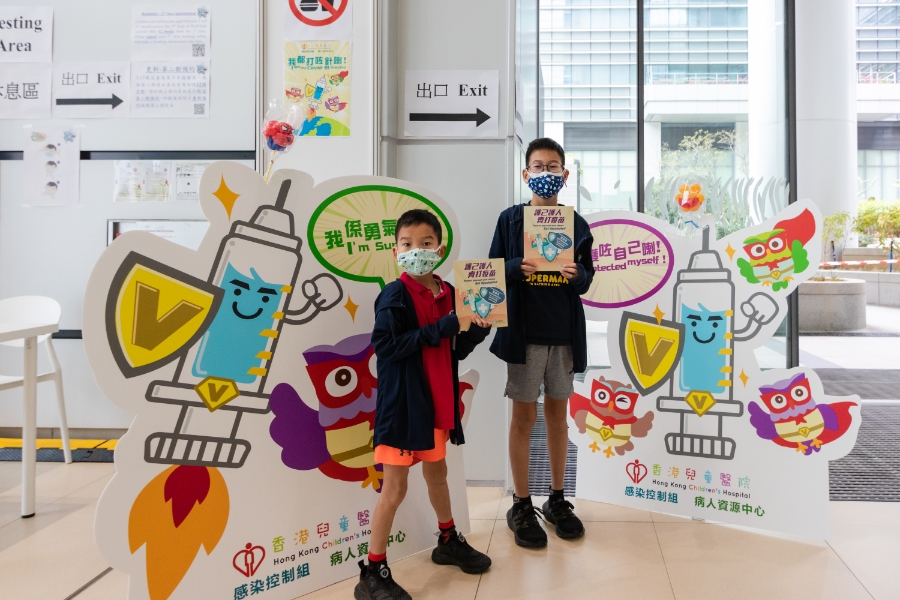Antiviral drugs open new front in war on COVID-19
The fifth wave has been fierce. Two new antiviral oral drugs – Paxlovid and Molnupiravir – became available in Hong Kong in time as studies showed that they can help reduce the risk of hospitalisation and death for elderly people as well as young patients with risk factors.
By late April, the HA had prescribed the drugs to more than 27,000 patients. Dr Owen Tsang, Chairman of the Task Force on Clinical Management on Infection, says patients who took the medication within five days of symptom onset saw a significant reduction in their viral load, particularly those who took Paxlovid. “The new oral drugs can prevent serious illness, which is crucial to the fight against the epidemic,” Dr Tsang explains. “The virus keeps multiplying in the body and, at some point, it will cause inflammation and physical deterioration. Medication should therefore be taken as early as possible.”
By late April, the HA had prescribed the drugs to more than 27,000 patients. Dr Owen Tsang, Chairman of the Task Force on Clinical Management on Infection, says patients who took the medication within five days of symptom onset saw a significant reduction in their viral load, particularly those who took Paxlovid. “The new oral drugs can prevent serious illness, which is crucial to the fight against the epidemic,” Dr Tsang explains. “The virus keeps multiplying in the body and, at some point, it will cause inflammation and physical deterioration. Medication should therefore be taken as early as possible.”


Shielding children from long-term illness
Children are also at higher risk from the fifth wave of the epidemic as more of them suffer from multisystem inflammatory syndrome (MIS-C) after recovering from the virus, observes Dr Mike Kwan, Consultant of Paediatric Infection Diseases Division of Princess Margaret Hospital.
“There was only one case of MIS-C in the second wave, but in the fifth wave with more than 20 cases in around two weeks,” he explains. “None of the children involved had been fully vaccinated within the previous fortnight, and none had histories of chronic disease. They had mild symptoms at the time of infection, but two to five weeks after recovering, they suffered from persistent fever, inflammation of different organs, and Kawasaki-like symptoms such as conjunctivitis (eye infection), skin rashes and Cervical Lymphadenopathy. Most of them needed intensive care. Therefore, it is essential to receive vaccination as soon as possible to avoid serious illness as well as sequelae after recovery from the virus.”
“There was only one case of MIS-C in the second wave, but in the fifth wave with more than 20 cases in around two weeks,” he explains. “None of the children involved had been fully vaccinated within the previous fortnight, and none had histories of chronic disease. They had mild symptoms at the time of infection, but two to five weeks after recovering, they suffered from persistent fever, inflammation of different organs, and Kawasaki-like symptoms such as conjunctivitis (eye infection), skin rashes and Cervical Lymphadenopathy. Most of them needed intensive care. Therefore, it is essential to receive vaccination as soon as possible to avoid serious illness as well as sequelae after recovery from the virus.”
Adding cheer to child jabs
The Government has set up a Children Community Vaccination Centre at the Hong Kong Children’s Hospital, which provides BioNTech vaccines to children aged five to 11. Cartoon decorations are used to ease children’s anxiety. The team says some of children need more than half an hour to complete the process, therefore, it is necessary to comfort and encourage them with patience. Children will receive souvenirs like stickers and balloons after the shot. The centre has also set up an information area and leaflets are available to address parents’ concerns about vaccination.
